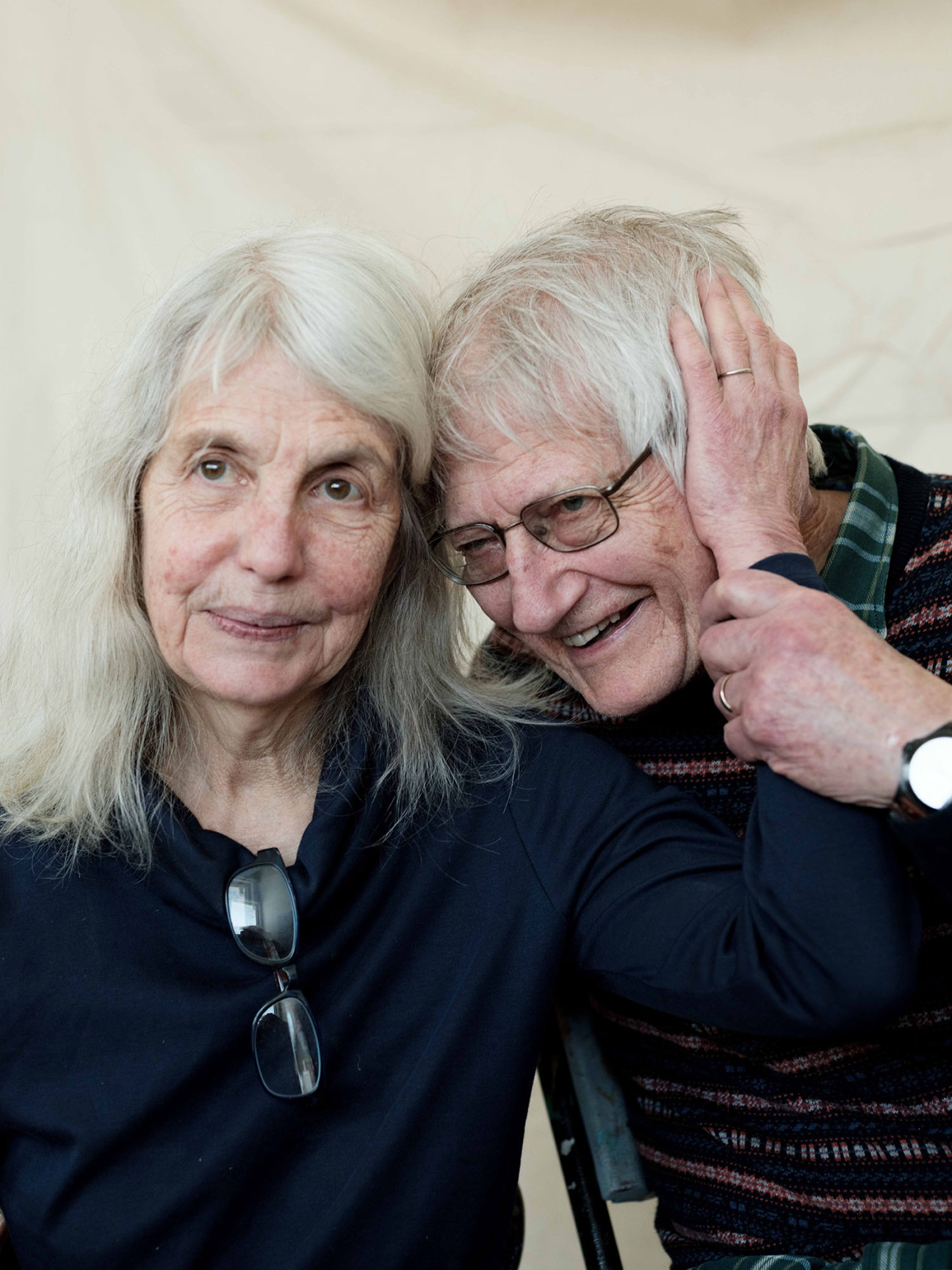
“I’ve had two lucky moments,” says painter Peter Saul. “The first one was way back in the 1950s, when I met an art dealer who would support me for the next 33 years. The next was in 1973, when I met Sally.” As art world couples go, the Sauls have to be one of the most enduring. Sally, an accomplished sculptor, was born in Albany, New York; Peter grew up in San Francisco. After some youthful meanders, they both migrated to the Bay Area, where they were introduced by mutual friends. That was 50 years ago.
Peter had been painting for a couple of decades already, developing a twisted, rubbery style in which his figures—caricatures pulled from American nightmares, from politicians to activists to soldiers—contort until they’re nearly abstract. He says his use of DayGlo paint has less to do with psychedelia than with the desire to snap viewers’ attention to certain parts of a composition. These trippy qualities don’t come from drugs—at least not directly—but from comics. “If you’ve got a gun on one side of the canvas and a person who’s pressing the trigger on the other side, their arm just has to reach out,” he says. If the canvas is “interesting,” to a “normal person,” then it goes out the door. Peter’s career trajectory matches his irrepressible style. “I didn’t think of myself as an artist, really,” he admits. “I thought of myself as a rebel against the idea of a normal workday. I wanted to stay home with a beautiful woman and do anything I wanted.” He’s pretty much succeeded.


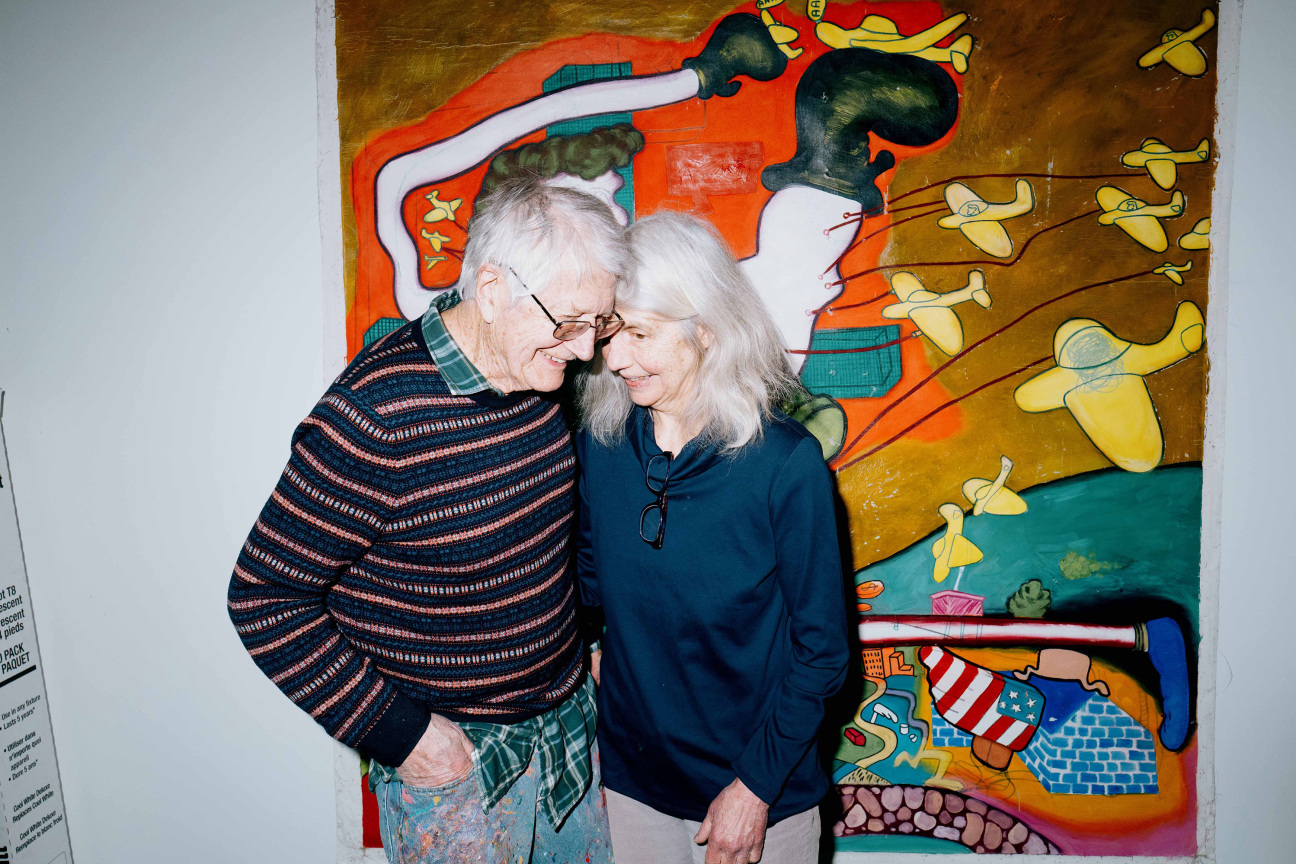
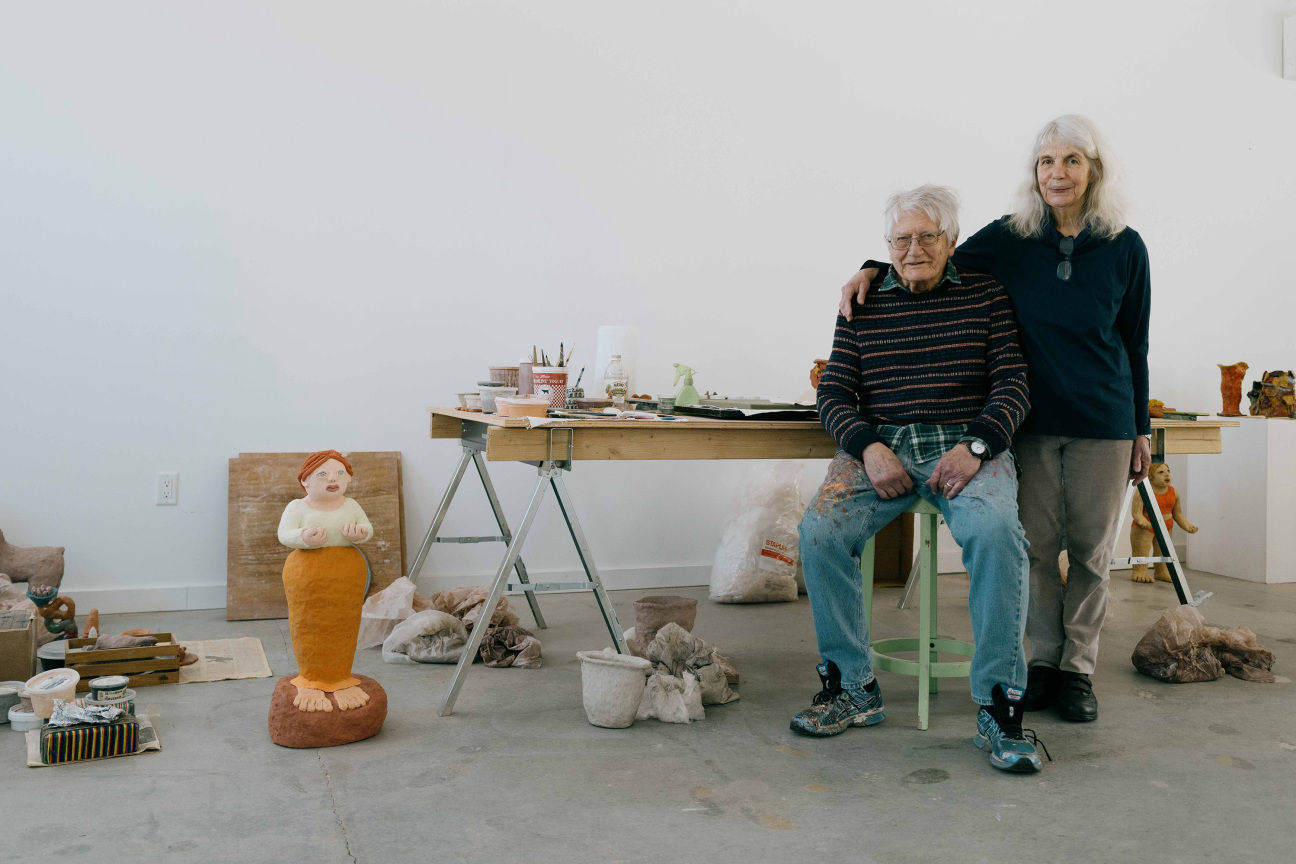
Sally, meanwhile, earned an MA in American Literature at San Francisco State University. “When I met Peter,” she remembers, “I started looking more thoroughly at the art that was around me. At that time, the West Coast was beginning to take ceramics seriously, whereas on the East Coast, it was still considered craft. I started gradually working with clay.”
The couple spent their first years together in Port Costa on the Carquinez Strait, northeast of San Francisco. They lived in a warehouse loft with plenty of space to work. Gradually, the two decided to move closer to New York and the real art action. A friend linked them up with a dealer who, for insurance purposes, needed someone to watch her vacation house upstate in Chappaqua 11 months out of the year. “Our daughter was born there,” says Sally, “and Peter’s younger son came to live with us. And then in 1981 we moved to Austin.”
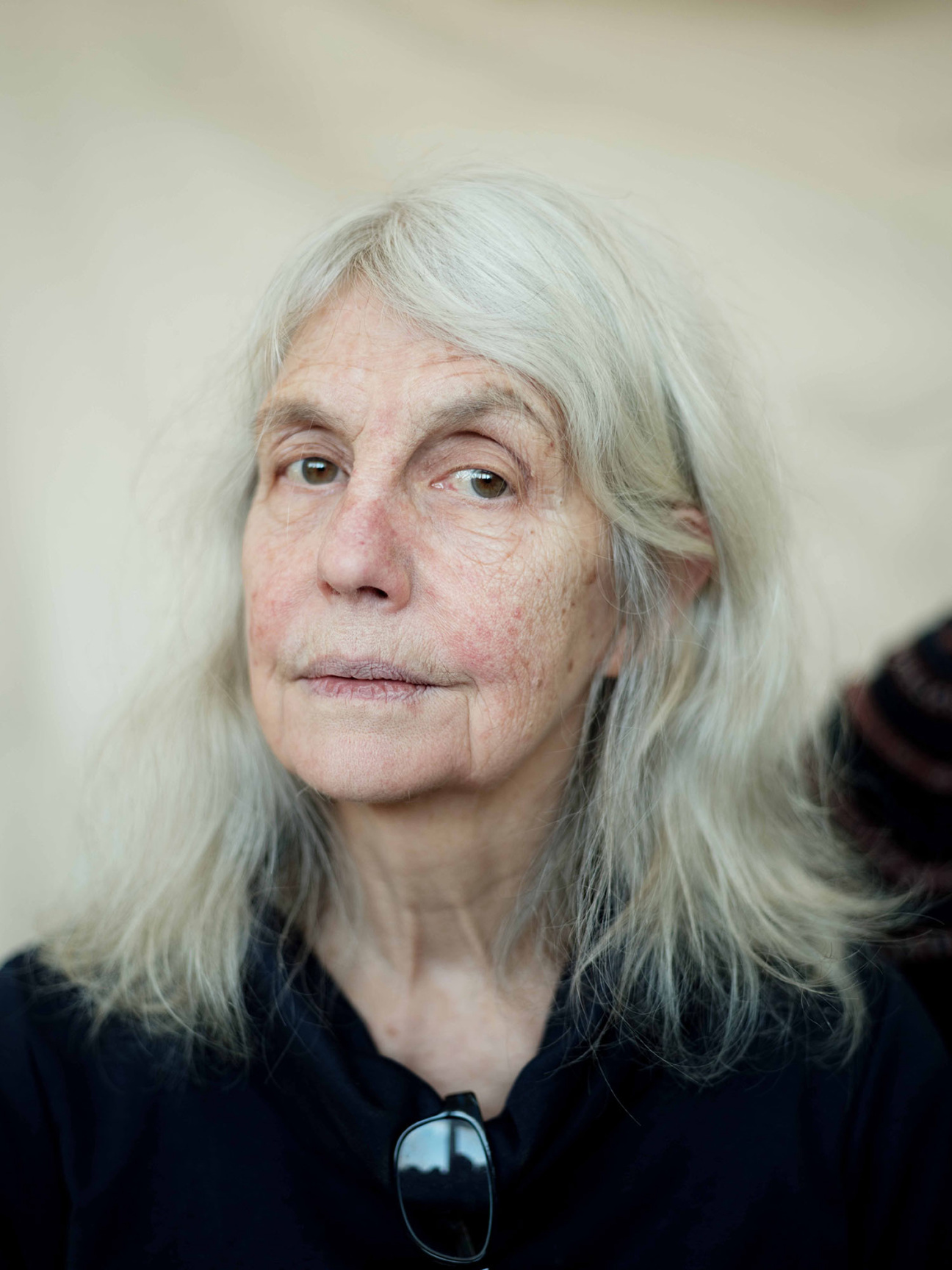
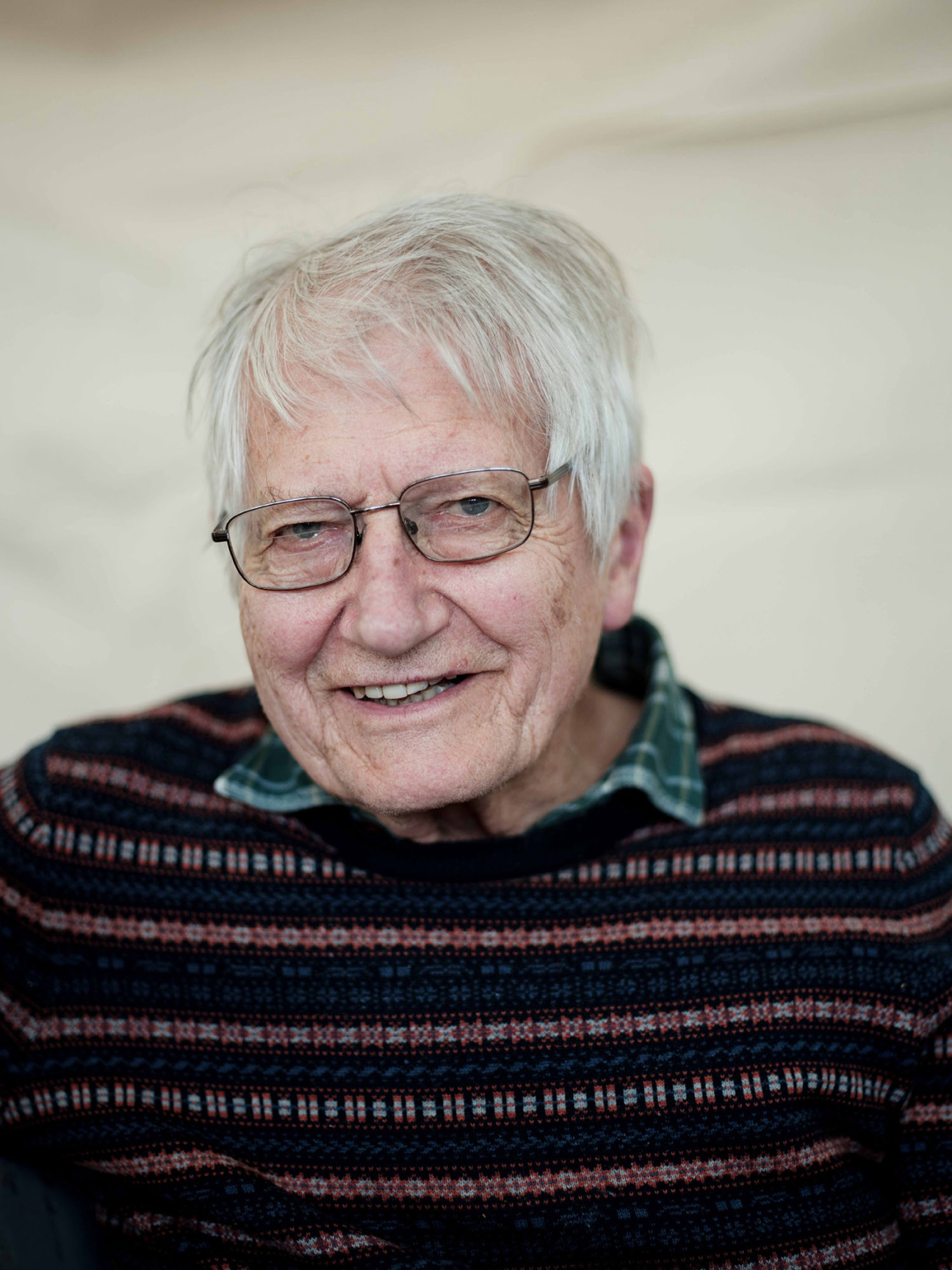
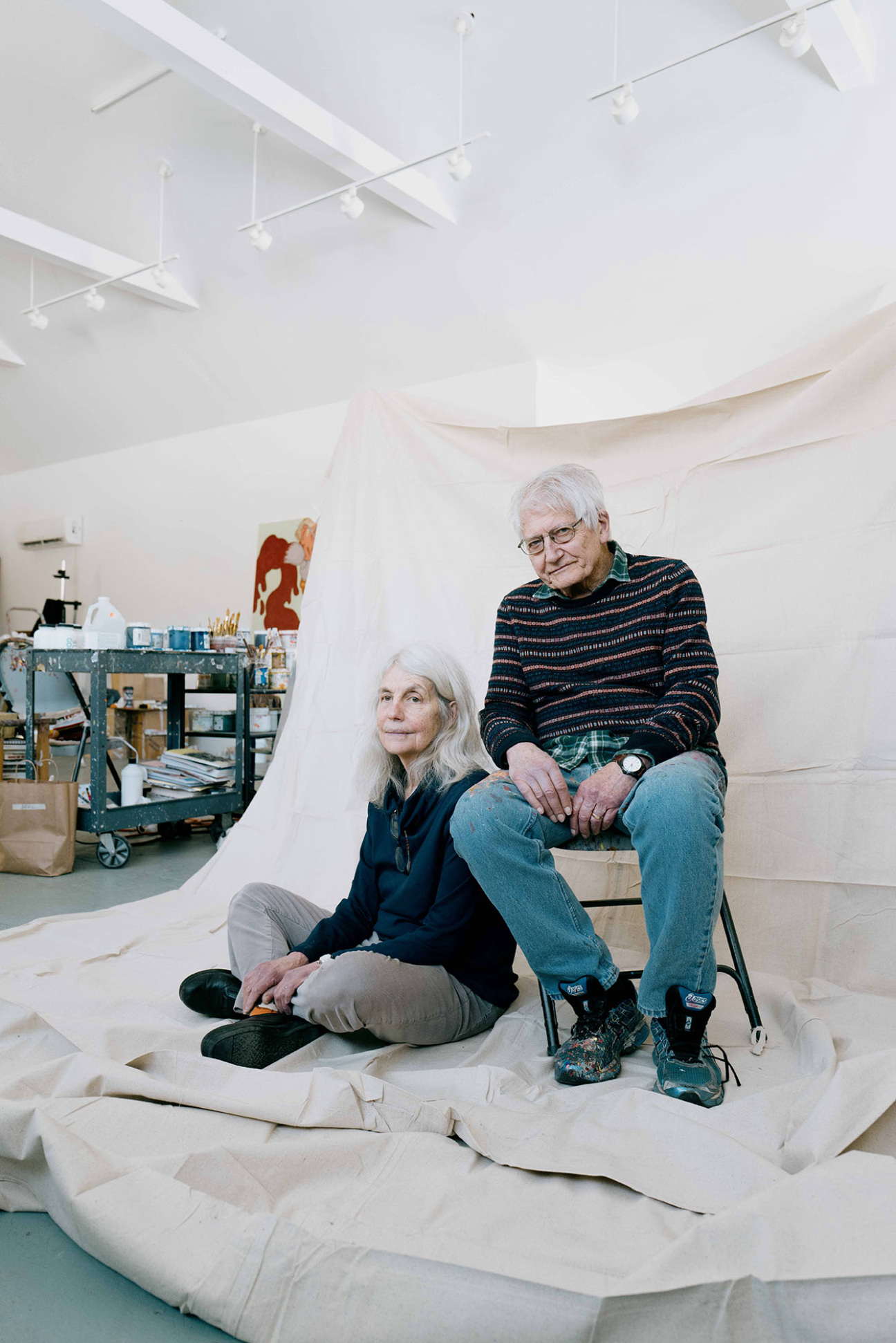
Peter was offered a position at the University of Texas at Austin, where he taught for nearly two decades. The city proved a good place to raise a family, says Sally; their daughter could take lessons in swimming and Suzuki violin. Sally, too, had a breakthrough. She took ceramics classes, first at a local studio, then at the university. She remembers using the gas kilns out on the patio. “It was a ritual. You learn how to brick up the front of the kiln and how to gradually turn it up.” During the winter, Sally says Austin resembled ancient Egypt. During the summer, it was more like the Gobi Desert—and crawling with roaches. They started spending summers in the Northeast.
In the year 2000, they settled in Germantown, New York, 90 miles north of Manhattan. The property already had a separate studio building, which they renovated for the ages, with sage green cladding to match the surrounding woods. Clay is heavy, so Sally gets the ground floor; Peter works upstairs. “We get along quite well in the studio,” says Sally. “Maybe better than we do in the house.” In fact, the pair seem to have an unusually supportive relationship—attentive to the other’s work without imposing—a pas de deux that few ambitious artist couples seem to manage.
While their work at first glance couldn’t seem more different, closer inspection proves the opposite. Sympathetic to one another, the pair’s wall works and sculptures are adept at drawing out narrative through strong use of color; both bear traces of San Francisco Funk and Modernist withdrawals.


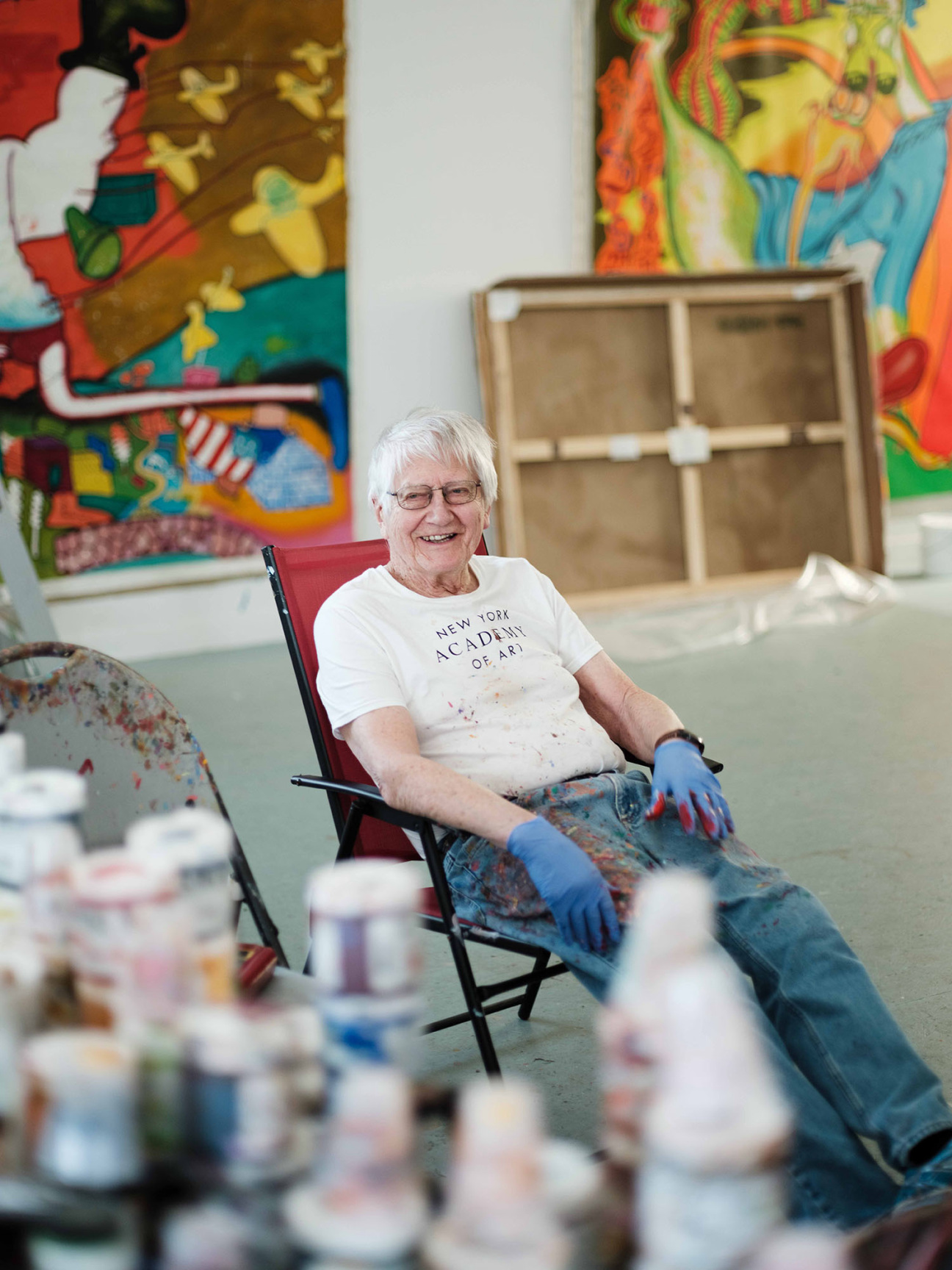

“I think we’re influenced indirectly [by one another],” says Sally. “Sometimes you don’t realize it until later, and then you see how you picked up an idea subconsciously from the other person.” This doesn’t bother them at all.
They also agree politically—an important ingredient of domestic harmony, since Peter is known for his invectives against dogmatic figures and national crucibles, from Saigon to Abu Ghraib, Richard Nixon to Donald Trump. (In at least one case, he turned his brush against art critics.) But the artist is quick to note that his personal views are more “relaxed” than his visually antagonistic paintings suggest. Sally, more circumspect, also folds politics into her work, such as a recent bust of Supreme Court Justice Samuel A. Alito Jr. dressed like the Puritan minister Jonathan Edwards.
Germantown is their redoubt from the blood and guts and flag-waving of the contemporary moment. One of Peter’s most flattering, even beautiful portraits is of Sally, posing in Montmartre, Paris, her hair blowing back and her lips parted. Sally has returned the favor with at least one wholesome ceramic bust of Peter. And there’s some tender subtext wherever pairs of figures appear in her sculptures: Traveling, 1998, for example, consists of a Sasquatch couple covered in textured brown hair; the male has blue eyes, the female brown—just like them.










 in your life?
in your life?

